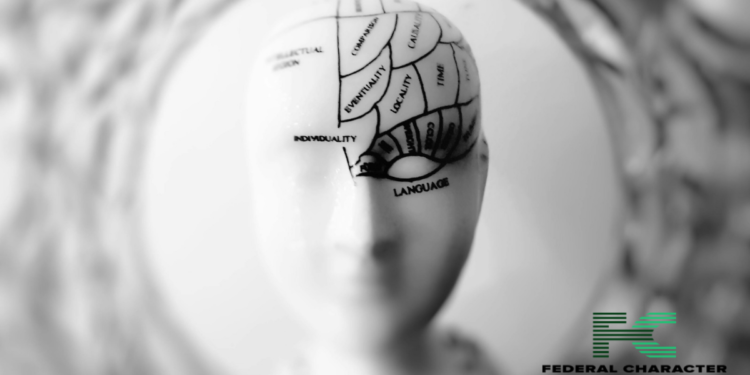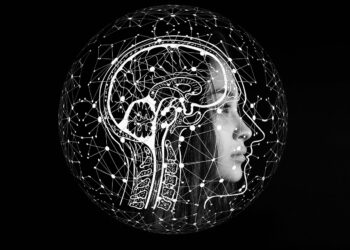The brain and spinal cord serve as vital organs in the body. The brain’s role encompasses a wide range of biological processes, including processing sensory information, making decisions, and coordinating your body’s actions. On the other hand, the spinal cord functions as a connection between the brain and the rest of your body. Its primary function is to send messages between the brain and the rest of the body, letting us regulate biological functions such as breathing and digestion.
Important organs such as these must be protected. That’s where the meninges come in. Meninges act as protective membrane cushions for the brain and spinal cord. In some cases, infections cause inflammation in these protecting membrane layers. This condition is known as meningitis. This article will cover all you need to know about meningitis. So let’s dive in.
Causes of Meningitis
Meninges are layered protective membranes formed in the following manner:
The dura mater is the outermost and toughest layer, forming a strong protective barrier around the brain and spinal cord.
The arachnoid mater, located beneath the dura mater, is a fragile, web-like membrane that cushions and protects the brain and spinal cord.
The pia mater, the deepest layer, is a thin, delicate membrane that rests directly on the surface of the brain and spinal cord, giving extra support and protection.
Meningitis occurs when the protective layers are inflamed due to infection, which can be bacterial (such as Streptococcus Neisseria meningitidis, and Haemophilus influenzae type b (Hib)), viral (such as enteroviruses, herpes simplex virus, and the varicella-zoster virus (which causes chickenpox and shingles); this is the most common but mild cause), or fungal (such as Cryptococcus neoformans and Candida species) in nature.
There are other occasions where meningitis is not caused by an infection, such as chemical meningitis triggered by certain medications or malignant meningitis caused by tumor cells moving to the meninges and becoming cancerous.
Symptoms of Meningitis
Meningitis symptoms might differ based on the age of the affected person and the cause of the infection. But some typical signs to watch out for are as follows:
- Fever
- Headache
- Stiff neck
- Nausea and vomiting
- Confusion
- Light sensitivity
Treatment and Prevention
In order to avoid meningitis complications, early treatment is needed. Antibiotics provide the cornerstone of treatment for bacterial meningitis.
Antibiotics should be taken as soon as possible to help prevent the infection from spreading and lower the chance of major side effects like brain damage or death. Antiviral drugs may be recommended in cases of viral meningitis, while supportive care is usually sufficient for the condition to clear up on its own.
Maintaining proper cleanliness and receiving a vaccination are two ways to prevent meningitis. There are vaccinations against several forms of meningitis, including the Hib, pneumococcal, and meningococcal vaccines. Certain microorganisms can cause bacterial meningitis, which these immunizations can help prevent. The risk of transmitting meningitis-causing microorganisms can be decreased by following good hygiene habits, which include often washing your hands, covering your cough and sneeze, and avoiding close contact with sick people.















